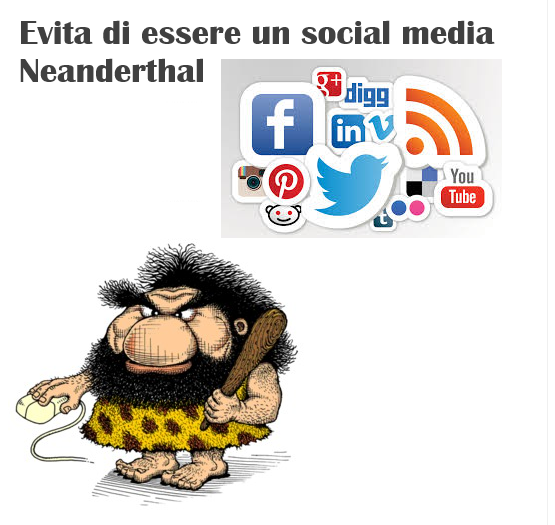And avoid boring brand content
One of the key challenges in content marketing is being able to create enough great content. Great? OK, maybe that’s vague, I mean relevant, engaging and it works. Great means different things to a financial services company than say, a BBQ grill manufacturer, a basmati rice brand or sports clothing manufacturer.
The truth is we all have the same challenge when it come to content creation and content marketing – creating dull content is a choice, it’s your choice.
“If people aren’t talking about you, they’re not talking about you for a reason. And the reason isn’t that they dislike you. They’re not talking about you because you’re boring.” ~ Seth Godin
People first…
Use your imagination, take a step back and think about your target audience, not your brand. What your audience needs over what you want to promote. It’s this return to people where it get’s so much easier for ideas generation. Persona creation is a great way to cluster customer segments where there’s meaningful differences – but not demographics alone, that’s a red herring:
- What do they believe?
- What are they seeking online and what’s their lifestyle in the real world?
- Who do they trust, and why?
- What do they talk about, what are their interests and preferences?
- How can I engage them in discussion in these issues in a conversational, entertaining or educational way?
- Yes, this applies to B2B too
If the above isn’t enough to press the reset button, then let’s take those answers and use a range of free tools to spark more ideas.
Mix it up. Content marketing software Curata claim best-in-Class marketers use 65% originally created content, 25% curated content and 10% syndicated content in their content marketing mix. My experience is that the original content is more powerful too, so let’s focus on practical ideas for just that…
Solve problems with Google’s guidance. Use Google’s instant (predictive) search feature to see what popular searches come up. What do these suggestions spark ideas wise? How are competing pages answering those searches? Also check out Google’s ‘Related Searches’ at the bottom of the search engine results pages.
Repeat, with YouTube. As the world’s second largest search engine there’s a wealth of content for inspiration if you use the similar instant search feature, browse the results, what’s popular?
Repeat, with Facebook’s Open graph search. It’s a new feature for UK user’s and (I think?) still rolling out this side of the Atlantic. Here’s a great post on using it.
Yahoo! Answers & Quora. These are huge platforms when it comes to detailed questions and answers about everything imaginable. There’s better quality in Quora, I find. You’ll get direct ideas from hundred of questions, the patterns across them and of course the answers that resonated with the community.
LinkedIn Groups. Though specific to B2B and professional services in the most part, you can get great ideas on topical themes in LinkedIn and especially the niche interest groups, much like Quora and Yahoo! Answers.
Read niche content sites, blogs posts and reader’s reactions and comments. My best ideas come from other people’s quality content, it makes me feel something and inspired to do my own thing, for my audience.
Your previous content, customers and competitors. Customers are a great source, naturally. It’s really a case of asking the right questions whether in person or via occasional surveys. As with your own, previous content, your competitor’s is also useful as an alternative barometer of what’s popular or not with your customers. What do they say in comments?
Popular, of-the-moment news or trends in Twitter. What is/would your audience think about what’s popular this week, view it through their lens, any ideas?
Lastly, remember to keep the content naturally-you more often that not, this frees your focus to create quality. Be yourself instead of doing video-blogging because you’re inspired by Gary Vaynerchuck and Wine Library TV. Where are your natural talents and/or access to resources for easy, consistent content creation? Conversely, do the unexpected sometimes, remember Coke’s 70–20–10, think about the ‘10’ here.
Any further ideas that you can share in the comments?
from Smart Insights http://ift.tt/1eZFoeW
via IFTTT

